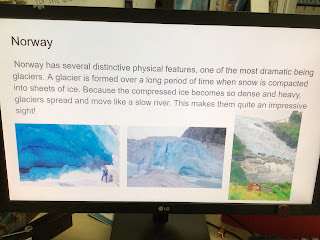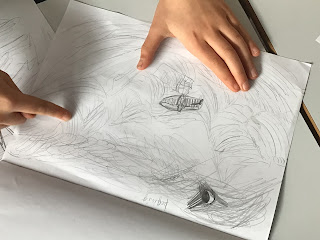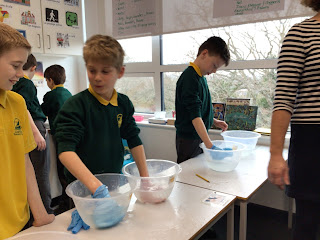MUSIC - Chorus
Taking our Work of Benjamin Britten’s The Storm a little further, we listened to the piece again and began to notice a phrase that was repeated at various times - this being the chorus. With the spoken phrase ‘Here comes a wave’ we had to think of ways to adapt this in small groups using pitched and unpatched instruments. Despite it being very ‘noisy’, we had some great compositions for our chorus. Next week we will be looking at parts in between. Well done Year 5 - some very creative ideas!



